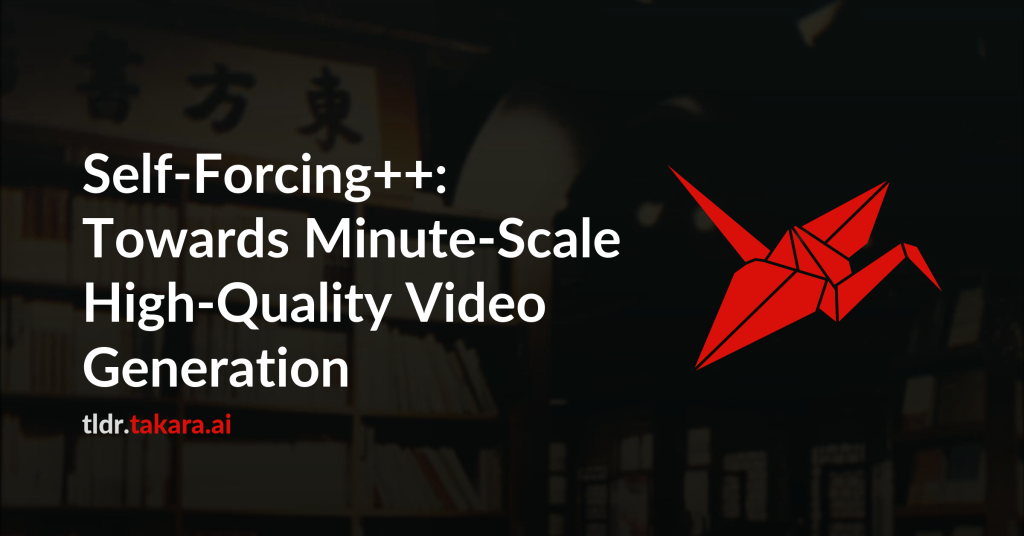Diffusion models have revolutionized image and video generation, achieving
unprecedented visual quality. However, their reliance on transformer
architectures incurs prohibitively high computational costs, particularly when
extending generation to long videos. Recent work has explored autoregressive
formulations for long video generation, typically by distilling from
short-horizon bidirectional teachers. Nevertheless, given that teacher models
cannot synthesize long videos, the extrapolation of student models beyond their
training horizon often leads to pronounced quality degradation, arising from
the compounding of errors within the continuous latent space. In this paper, we
propose a simple yet effective approach to mitigate quality degradation in
long-horizon video generation without requiring supervision from long-video
teachers or retraining on long video datasets. Our approach centers on
exploiting the rich knowledge of teacher models to provide guidance for the
student model through sampled segments drawn from self-generated long videos.
Our method maintains temporal consistency while scaling video length by up to
20x beyond teacher’s capability, avoiding common issues such as over-exposure
and error-accumulation without recomputing overlapping frames like previous
methods. When scaling up the computation, our method shows the capability of
generating videos up to 4 minutes and 15 seconds, equivalent to 99.9% of the
maximum span supported by our base model’s position embedding and more than 50x
longer than that of our baseline model. Experiments on standard benchmarks and
our proposed improved benchmark demonstrate that our approach substantially
outperforms baseline methods in both fidelity and consistency. Our long-horizon
videos demo can be found at https://self-forcing-plus-plus.github.io/

